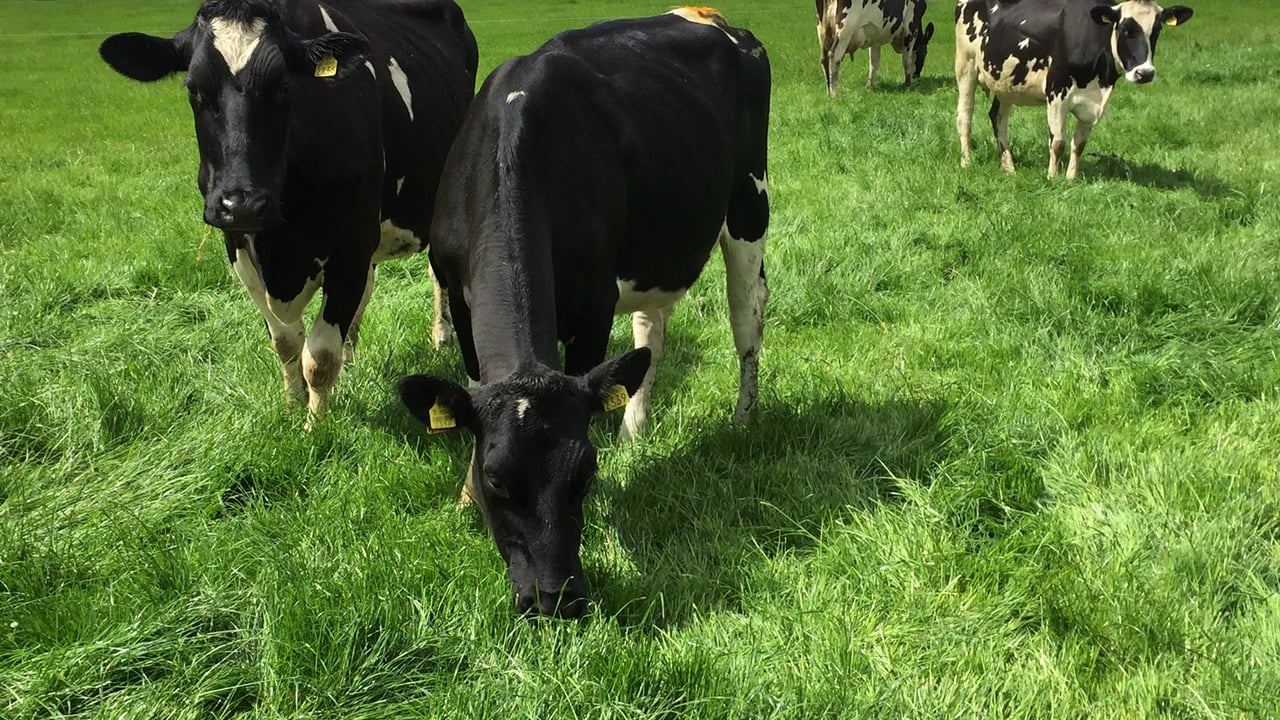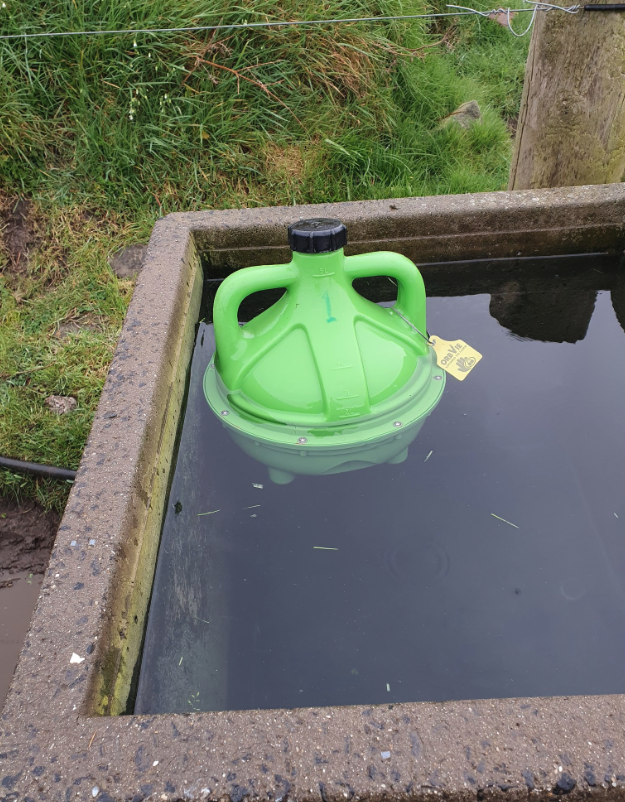Mineral Series


Mineral series: Do your cows suffer from Pica?
Mineral Series in association with Terra NutriTECH
In the last few weeks there has been a surge in reports from farms of cows eating stones, soil, plastic or any other random object they can find.
While these cows may appear healthy, this behaviour can lead to health and fertility issues if left untreated.
This syndrome is referred to as pica which is often defined as a cow’s desire to eat things that do not have any nutritional value.
Pica can be caused by a shortage of minerals and particularly a phosphorous (P) deficiency.
It is important to note that pica often occurs in herds which are thriving and healthy. Low dietary fibre in the cow’s diet, due to the rapidly growing grass during the breeding season, can also cause pica.
Typically associated with drought conditions and poor P index soils, a cold/dry spell in April can exacerbate the issue.
Symptoms of pica:
Low fibre in a cow's diet will lead to:
Analyse fresh grass for mineral content. This will also indicate if there are antagonists present that might reduce P absorption from the gut, and take advice on supplementation from a nutritionist.
Studies have shown that phosphorus content in grazing pastures is far lower to what is required in order to maintain adequate levels in the dairy cow.
It is recommended to take blood samples from the herd to diagnose if there is a phosphorous deficiency present. Using analysis of this nature can help target exact deficiencies and get the best results on farm.
Phosphorous can be easily added through the drinking water and will help rectify the deficiency. It takes time to lift P in blood and usually will take 10-14 days before you see a response to supplementation.
Terra NutriTECH has phosphorous available in 20kg drums and 200kg barrels and can be dispensed manually or automatically through the company's mobile dispensing system or directly into the water line.
The advice is to act early to stop impacts on rumen health and performance.
